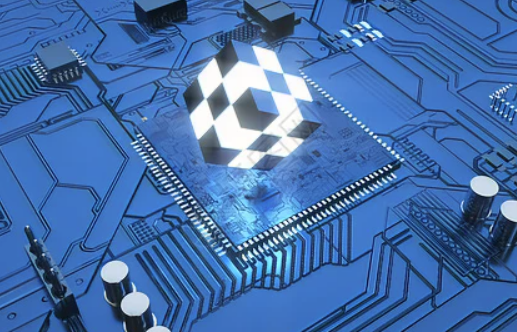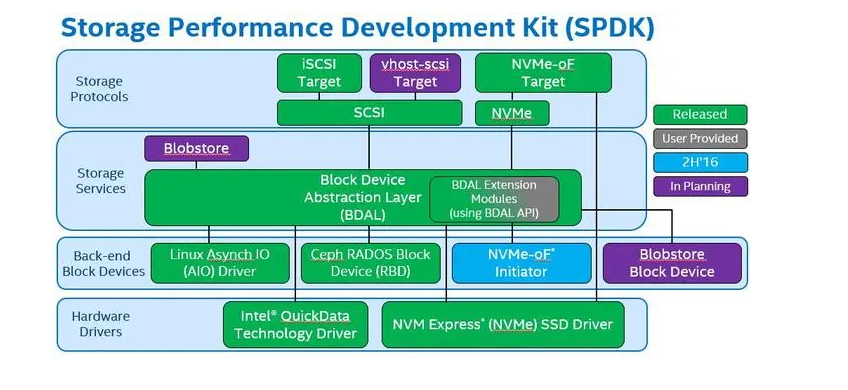EtherCAT (Ethernet for Control Automation Technology) is an industrial Ethernet protocol used for real-time control of industrial processes. It was developed by Beckhoff Automation in the early 2000s and has since become a widely adopted standard in the automation industry.
The main advantage of EtherCAT is its ability to achieve very high communication speeds with low latency. This is achieved through a unique communication method called “processing on the fly”, where each node on the network performs processing on incoming data packets as they pass through, rather than waiting for all nodes to complete processing before forwarding the packet.
EtherCAT uses standard Ethernet hardware and cabling, but adds special hardware and software components to enable real-time communication. It also supports a wide range of devices, including sensors, actuators, motors, and other industrial equipment.
Some of the key features of EtherCAT include:
- High-speed communication with cycle times as low as 12.5 µs
- Low latency communication with jitter below 1 µs
- Support for up to 65,535 nodes on a single network
- Flexible topology options including daisy chain, star, ring, and tree structures
- Support for both standard Ethernet frames and EtherCAT-specific frames
Overall, EtherCAT provides a reliable and efficient solution for real-time control applications in industries such as manufacturing, robotics, process control, and more.






















